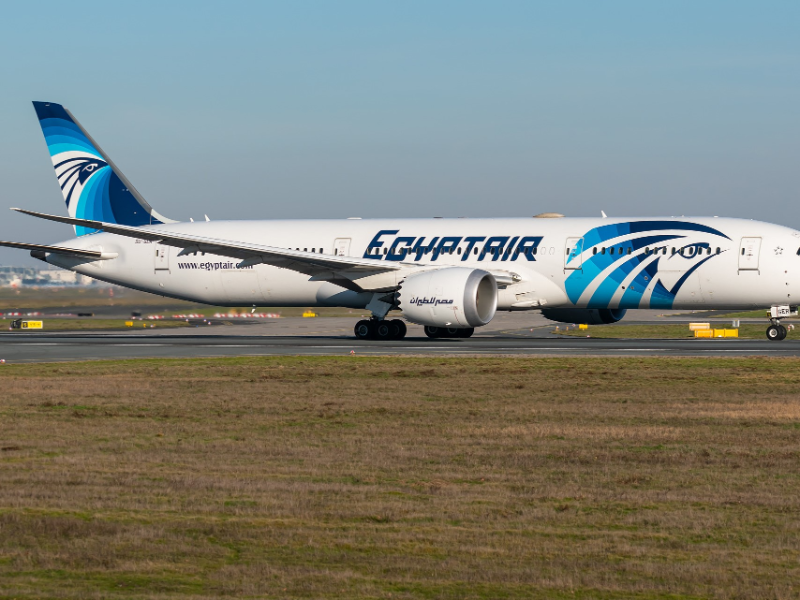- EGYPTAIR, started operations in 1932, is Egypt’s national carrier, supporting integrated air transport services.
- EGYPTAIR aims to create value through competitive service, safety, efficiency, and sustainable innovation, while fostering staff motivation and community engagement.
EGYPTAIR boasts a renowned and advanced Training Centre that offers a variety of programmes for both EGYPTAIR and other international organisations. The Training Centre features the most up-to-date flight simulators in the Middle East. A key factor in its success is the team’s spirit of unity, which motivates them to consistently seek out the highest quality services for their customers, partners, and stakeholders.
EGYPTAIR’s journey: From 1932 inception to Star Alliance membership
In May 1932, EGYPTAIR was established as one of the pioneering airlines globally, eventually becoming the seventh carrier worldwide. By August 1933, the airline initiated commercial flights using a Spartan Cruiser between Cairo and Alexandria. In 1935, the fleet expanded with the addition of 12 De Havilland aircraft. During the Second World War, the Egyptian government acquired the airline and renamed it Misr Airlines. In 1946, the name was changed to MisrAir, coinciding with the purchase of 10 Beechcraft planes, introducing American technology into the fleet. Three years later, in 1949, MisrAir acquired 10 Vickers Vikings and subsequently operated the French Languedoc aircraft the following year.
In 1960, MisrAir merged with Syrian Airlines, forming United Arab Airlines (UAA). That same year, UAA became the first Middle Eastern carrier to utilise Comet 4-c jets, enhancing its fleet. To manage increasing international traffic and serve longer routes, UAA introduced the Boeing 707-320c in 1968, making it the first airline in the region to fly Boeing 707s by 1969. In 1971, MisrAir and Syrian Airlines separated, leading to the rebranding as EGYPTAIR. By July 2002, EGYPTAIR transformed into a Holding Company, comprising seven subsidiaries, under Presidential Decree number 137/2002. On July 17, 2008, EGYPTAIR joined the Star Alliance network, becoming the sole North African and Middle Eastern airline member of the world’s largest airline alliance, thereby offering improved connectivity and enhanced travel comfort for its passengers.
Championing value, service, and innovation with Egyptian hospitality
EGYPTAIR aims to create value for its customers, employees, owners, and stakeholders. The airline’s vision is to deliver competitive customer service imbued with genuine Egyptian hospitality. EGYPETAIR focuses on customer satisfaction, both internally and externally, strives for profitability by maintaining a favourable balance between revenues and costs, and endeavours to enhance staff professionalism and motivation. Upholding safety as its top priority, the airline also commits to efficiency, teamwork, continuous learning, serving the Egyptian community, and fostering sustainable innovation.
About EGYPTAIR
EGYPTAIR, the distinguished national carrier of Egypt, commenced operations on May 7th, 1932, marking it as the pioneer airline in both the Middle East and Africa, and the seventh globally to join IATA, solidifying its status as a cherished brand. Over its 88-year tenure, EGYPTAIR has witnessed considerable expansion. In July 2002, the organisation transitioned into a Holding Company, encompassing eight subsidiaries: EGYPTAIR Airlines, EGYPTAIR Duty Free, EGYPTAIR Maintenance & Engineering, EGYPTAIR Ground Services, EGYPTAIR In-Flight Services, EGYPTAIR Medical Services, EGYPTAIR Supplementary Industries, and EGYPTAIR Cargo. These subsidiaries collectively support the air transport services industry through their integrated operations.

